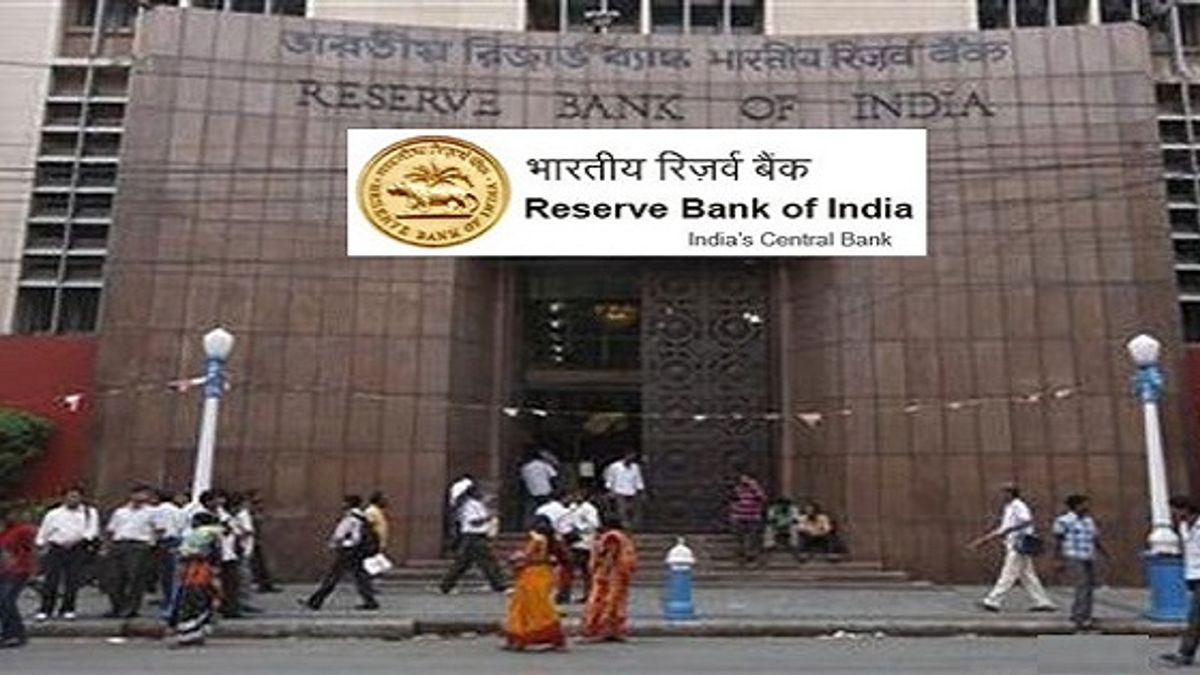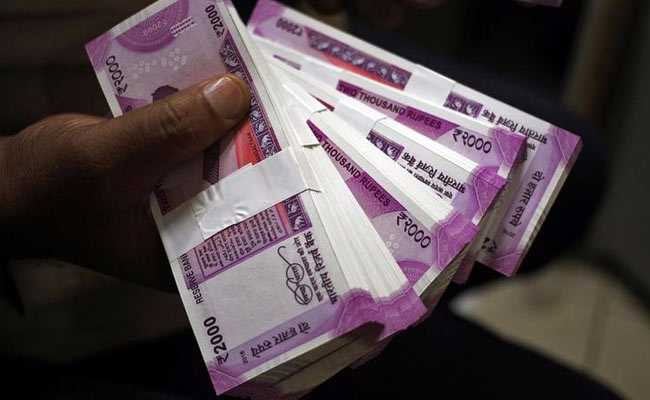According to Nripendra Mishra, former principal secretary to PM Modi during the 2016 demonetisation period, PM Modi was never in favor of introducing ₹2,000 notes as they were not suitable for daily transactions. This revelation coincides with the recent announcement by the Reserve Bank of India that ₹2,000 notes will be withdrawn from circulation. Mishra’s statement received criticism from Congress general secretary Jairam Ramesh, who called it “pathetic damage control” and speculated that PM Modi might claim he was forced into demonetisation by his advisers.
The opposition parties criticized the government’s decision to withdraw ₹2,000 notes, considering it an about-turn from the decision taken in 2016 when ₹500 and ₹1,000 notes were banned and the new denomination was introduced. BJP leaders, on the other hand, supported the move and argued that common people rarely use ₹2,000 notes and that the denomination has been frequently discovered in recent raids where money was hoarded.
Nripendra Mishra’s Revelation: PM Modi’s Stance on ₹2,000 Notes
The Reserve Bank of India stated that the printing of ₹2,000 banknotes was halted in 2018-19. Individuals in possession of ₹2,000 notes will have the option to deposit them into their accounts or exchange them for other denominations at any bank branch until September 30, 2023. The State Bank of India clarified that customers will not be required to submit any ID card or requisition form for exchanging the ₹2,000 notes, and they will be allowed to exchange a maximum of 10 currency notes at a time.
In 2016, during the demonetization period, Nripendra Mishra, who served as PM Modi’s principal secretary, has claimed that PM Modi was never in favor of introducing ₹2,000 notes due to their unsuitability for daily transactions. This revelation comes as the Reserve Bank of India recently announced the withdrawal of ₹2,000 notes from circulation, leading to a political debate by modi.
While Mishra supported the decision to withdraw ₹2,000 notes, Congress general secretary Jairam Ramesh dismissed it as “pathetic damage control.” Ramesh speculated that PM Modi might try to shift the blame onto his advisers, suggesting that he was coerced into implementing demonetization.
The opposition parties have criticized the government’s decision, viewing it as a reversal of their previous stance when they banned ₹500 and ₹1,000 notes in 2016 and introduced the new denomination. However, BJP leaders have defended the move, arguing that ₹2,000 notes are rarely used by the general public and are frequently found in hoarded money during raids.
The Reserve Bank of India stated that the printing of ₹2,000 banknotes was halted in 2018-19. Individuals holding ₹2,000 notes will have the option to deposit them into their accounts or exchange them for other denominations at any bank branch until September 30, 2023. The State Bank of India clarified that customers will not be required to submit identification cards or requisition forms for exchanging the notes and that they can exchange a maximum of 10 currency notes at a time.
The recent revelation by Nripendra Mishra, former principal secretary to PM Modi during the demonetization period in 2016, has sparked a debate regarding the withdrawal of ₹2,000 notes from circulation. Mishra’s claim that PM Modi was not in favor of introducing the ₹2,000 denomination aligns with the recent decision announced by the Reserve Bank of India.
Jairam Ramesh’s Speculation: Will PM Modi Shift Blame for Demonetization?
While Mishra’s statement received criticism from Congress general secretary Jairam Ramesh, who dismissed it as “pathetic damage control,” there is speculation that PM Modi might attempt to shift the blame onto his advisers, suggesting that he was coerced into implementing demonetization. This controversy adds a political dimension to the ongoing discussion surrounding the withdrawal of ₹2,000 notes.
Opposition parties have been quick to criticize the government’s decision, viewing it as an about-turn from their previous stance in 2016 when they banned ₹500 and ₹1,000 notes and introduced the new ₹2,000 denomination. This reversal has raised questions about the government’s consistency and the effectiveness of the demonetization policy implemented at that time.
In contrast, leaders of the Bharatiya Janata Party (BJP), the ruling party in India, have come out in support of the move to withdraw ₹2,000 notes. They argue that the general public rarely uses these higher denomination notes and point to instances where large quantities of ₹2,000 notes have been discovered during raids targeting individuals hoarding money.
 The Reserve Bank of India has clarified that the printing of ₹2,000 banknotes was halted in 2018-19, indicating a gradual shift away from the denomination. Individuals who possess ₹2,000 notes now have the option to deposit them into their bank accounts or exchange them for other denominations at any bank branch until September 30, 2023.
The Reserve Bank of India has clarified that the printing of ₹2,000 banknotes was halted in 2018-19, indicating a gradual shift away from the denomination. Individuals who possess ₹2,000 notes now have the option to deposit them into their bank accounts or exchange them for other denominations at any bank branch until September 30, 2023.
To facilitate the exchange process, the State Bank of India has confirmed that customers will not be required to provide identification cards or requisition forms for exchanging the ₹2,000 notes. Furthermore, individuals will be allowed to exchange a maximum of 10 currency notes at a time, ensuring ease and accessibility for the public by modi.
As the withdrawal of ₹2,000 notes progresses, it remains to be seen how this decision will impact daily transactions and the overall functioning of the economy. The move has brought attention to the initial motivations behind the introduction of these high-value banknotes and the subsequent shift in the government’s approach .
In conclusion, the withdrawal of ₹2,000 notes has stirred up a political debate in India, with conflicting views emerging from different parties. While the government’s decision has received criticism from the opposition, supporters argue that it aligns with the infrequent usage of ₹2,000 notes by the general public and their association with hoarded money. The coming months will shed light on the practical implications of this policy change and its impact on the Indian economy.

